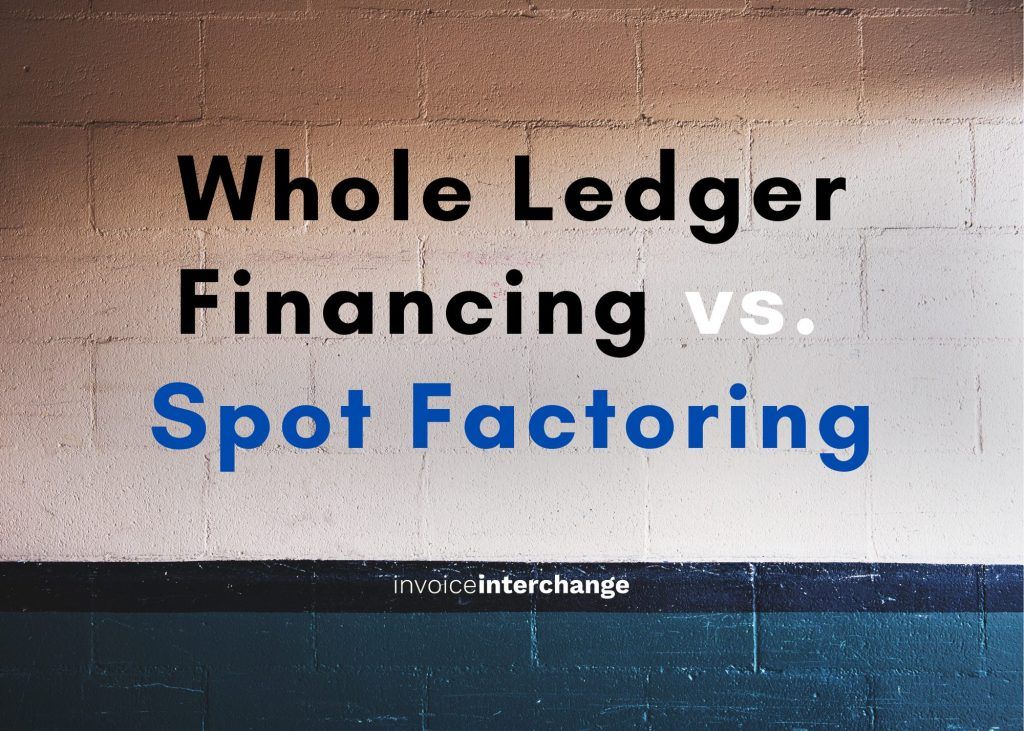
Whole Ledger Financing vs. Spot Factoring
In our last article, we explored Spot Factoring, a facility type under Factoring. In this article, we will be looking into the similarities and differences between two factoring facilities – Whole Ledger Financing and Spot Factoring
What is Whole Ledger Financing
A finance facility that allows businesses to draw down funds against their entire Accounts Receivable. It is also known as Whole Turnover Factoring.
What is Spot Factoring
A finance facility that allows businesses to selectively draw down funds against invoices as and when needed.
How are Whole Ledger Financing and Spot Factoring different?
Facility Size
A Whole Turnover Factoring facility limit usually grows according to the size of the borrower’s overall Accounts Receivable. On the other hand, the facility limit for Spot Factoring is usually fixed and would require another round of assessment to increase the facility limit.
Single Invoice vs. Whole Ledger
With Spot Factoring, your business can pick and choose the invoices you want to finance against. Whilst in Whole Ledger Financing, all issued invoices in your Accounts Receivable will be considered part of the facility and you will pay fees on all invoices regardless of utilisation. For example, invoices that you choose not to draw down funds against will still incur administrative fees but not the interest component.
Fees
A financier can usually offer lower fees for Whole Ledger Financing facilities due to its volume and risks associated to the product. Whereas in Spot Factoring fees will tend to be higher as the facility comes with the most flexibility whilst volumes are lower.
How are Whole Ledger Financing and Spot Factoring similar?
Form of Invoice Factoring
Both products are form of Invoice Factoring which draws on money tied up in outstanding customer invoices to fund the business.
Flexibility
Both facilities lets your business draw down funds as and when needed against your unpaid invoices. As a result of this flexibility, your business can control and optimise the interest you pay against only the invoices you choose to finance. This is in contrast to business loans where you will have to pay interest on the whole amount borrowed from day one even if you may not have the use for some part of the loan amount during the course of the loan term.
Interested to find out more?
Related Articles

Maximise Your Cash Flow with Invoice Funding: A Smart Solution

Boosting Your Business: Top Strategies for Improving Cash Flow
